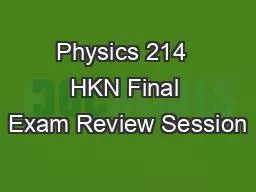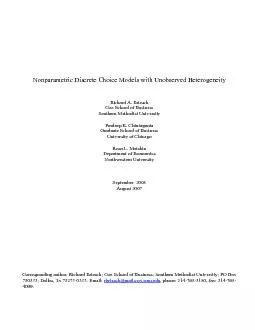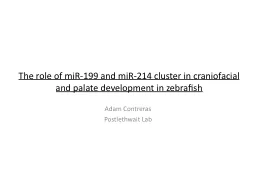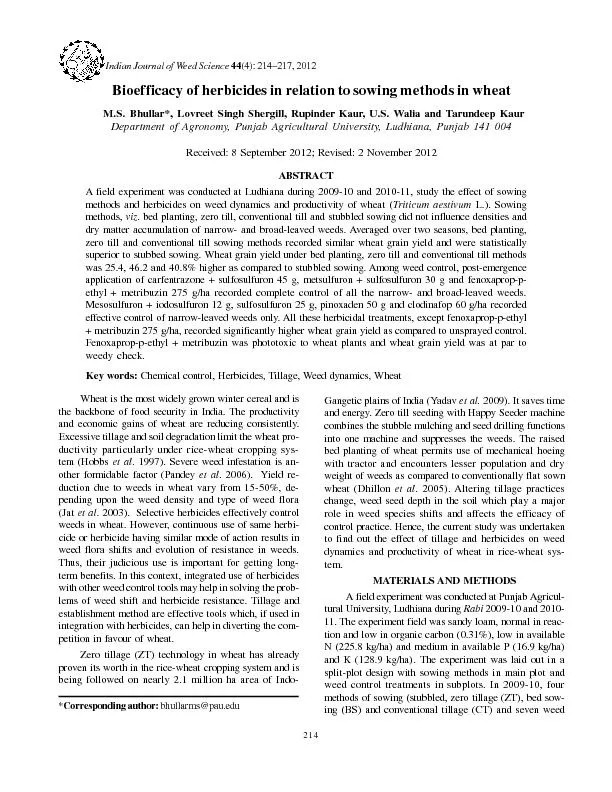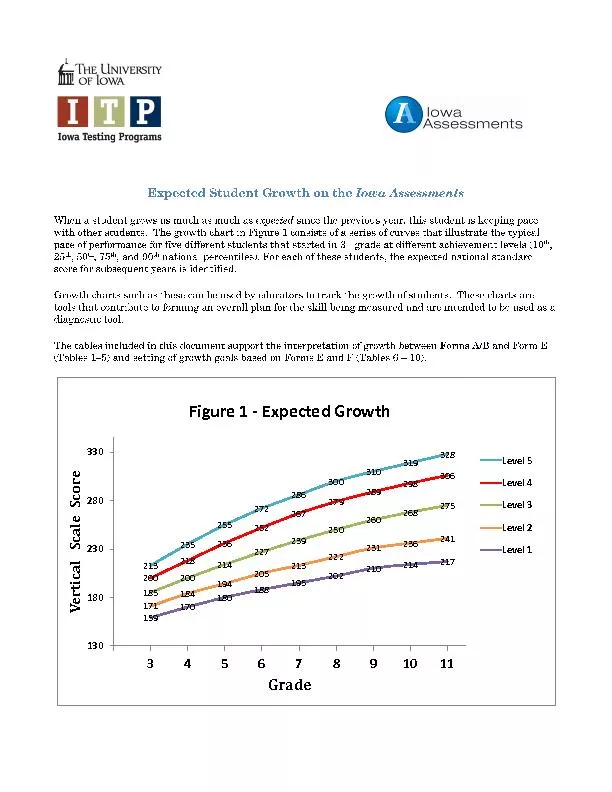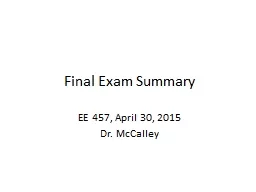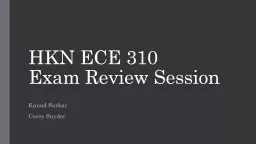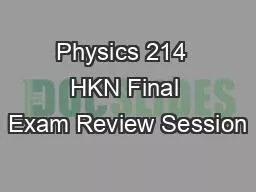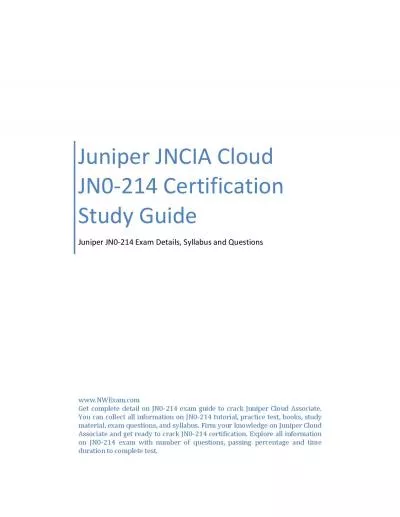PPT-Physics 214 HKN Final Exam Review Session
Author : discoverfe | Published Date : 2020-08-06
Steven Kolaczkowski Wavefunctions and Eigenstates Wavefunctions are how we describe the probabilistic nature of quantum particles By themselves wavefunctions do
Presentation Embed Code
Download Presentation
Download Presentation The PPT/PDF document "Physics 214 HKN Final Exam Review Sessi..." is the property of its rightful owner. Permission is granted to download and print the materials on this website for personal, non-commercial use only, and to display it on your personal computer provided you do not modify the materials and that you retain all copyright notices contained in the materials. By downloading content from our website, you accept the terms of this agreement.
Physics 214 HKN Final Exam Review Session: Transcript
Download Rules Of Document
"Physics 214 HKN Final Exam Review Session"The content belongs to its owner. You may download and print it for personal use, without modification, and keep all copyright notices. By downloading, you agree to these terms.
Related Documents

